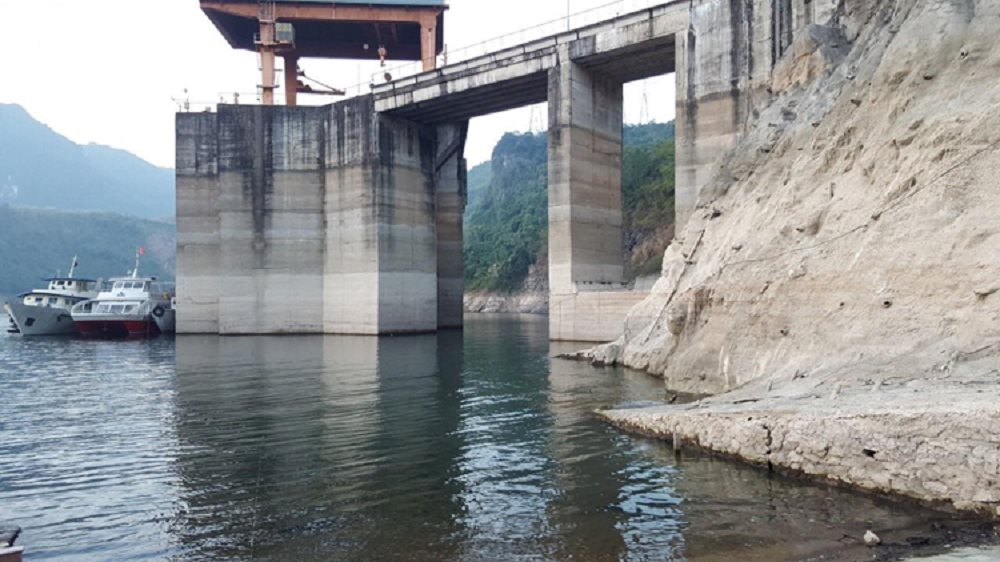
Water resources (WRR) in Hoa Binh province are assessed to be quite abundant and can be exploited to serve economic development activities. In particular, surface water sources mainly come from major river basins such as Da River, Boi River, Buoi River, Bui River flowing through the province and 544 irrigation reservoirs, about 1,300 hectares of small ponds and lakes. Regarding water sources from lagoons, ponds and lakes, the whole province has 546 irrigation reservoirs, of which 39 reservoirs have a capacity of more than 1 million m3 and 12 hydroelectric reservoirs.
In particular, Hoa Binh hydroelectric reservoir has the largest capacity of 9.862 billion m3. In addition to the task of supplying water for Hoa Binh hydroelectric plant, the lake also has the task of regulating and supplying water to the Red River Delta.
Underground water resources in the province are unevenly distributed and quite diverse, with 21 aquifers capable of providing domestic water for residents throughout the province. Of which, 7 aquifers have quality and reserves that ensure the exploitation of large flows to supply water to residential areas and industrial zones. Water-rich aquifers are mainly distributed in riverside areas, streams, low-lying, flat areas or in valleys. The remaining high mountainous areas with large slopes are poor aquifers, water often appears in open veins with small flows and changes seasonally.
However, global climate change is currently causing water resources in the province to become increasingly depleted. The drought in recent years has caused the 2023 dry season in many rural areas in the province to not only lack domestic water, but also many reservoirs to dry up, seriously affecting agricultural production.
Downstream of Hoa Binh hydroelectric reservoir, at many times the water level drops to record lows, revealing wide sandbanks and riverbeds of exposed gravel and rocks.
Faced with the above reality, in order to prevent drought and water shortage in the 2024 dry season, the Department of Natural Resources and Environment has implemented the contents under the direction of the Ministry of Natural Resources and Environment in Official Dispatch No. 10707/BTNMT-TNN. Accordingly, the Department of Natural Resources and Environment has chaired and coordinated with relevant agencies and units to research and draft a document to submit to the People's Committee of Hoa Binh province on implementing measures to minimize the risk of water shortage for the downstream river basin in the dry season of 2024.
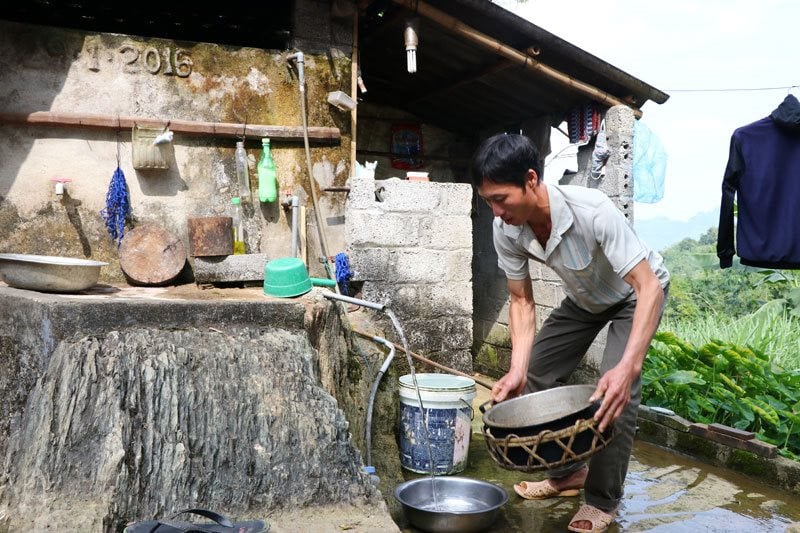
Accordingly, the Department of Natural Resources and Environment has reviewed and improved the capacity and efficiency of water intake in accordance with the water source conditions of reservoirs and river basins, ensuring safe water supply for daily life and production of people in the downstream of river basins.
The Department of Natural Resources and Environment also requires Departments, Boards, Branches, People's Committees of districts, cities, and One Member Limited Liability Companies to develop appropriate water use plans in the event of water shortages, direct units managing and operating irrigation works in the area to regularly inventory water sources in the irrigation system and carry out water intake in accordance with the time and water discharge operation plan of upstream reservoirs.
The Department of Agriculture and Rural Development directs specialized agencies to closely monitor meteorological and hydrological forecast information and water resources, assess the balance of water resources at irrigation reservoirs to adjust water use plans in accordance with water resource developments in the river basin; calculate and make specific water intake plans for winter-spring production in 2024.
The Department of Natural Resources and Environment also coordinated with the Department of Construction, Hoa Binh Irrigation Works Exploitation One Member Co., Ltd. and Hoa Binh Hydropower Company to closely monitor the development of hydrometeorology and water resources. On that basis, proactively calculate and develop plans for operating and storing water at reservoirs during the end of the flood season and plans for operating and regulating reservoirs to ensure water supply for downstream areas during the dry season of 2024.
Mr. Nguyen Van Ngoc, Head of the Department of Water Resources and Meteorology, Department of Natural Resources and Environment of Hoa Binh province, said that in the coming time, the Department of Natural Resources and Environment will coordinate with units managing and operating downstream irrigation works to closely monitor the hydrometeorological developments, forecast, calculate, and develop scenarios for reservoir operation and regulation. At the same time, provide information and data according to the regulations of the inter-reservoir operation process; ensure the requirement of safe water supply for downstream river basins until the end of the dry season in 2024.
Source


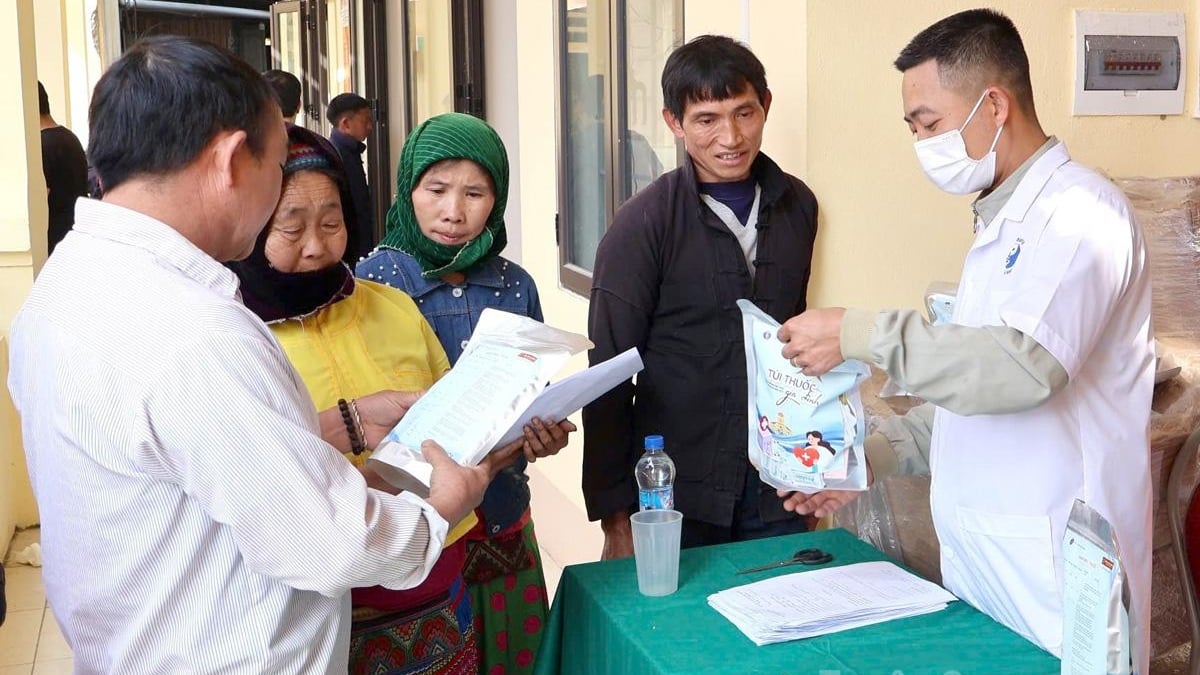


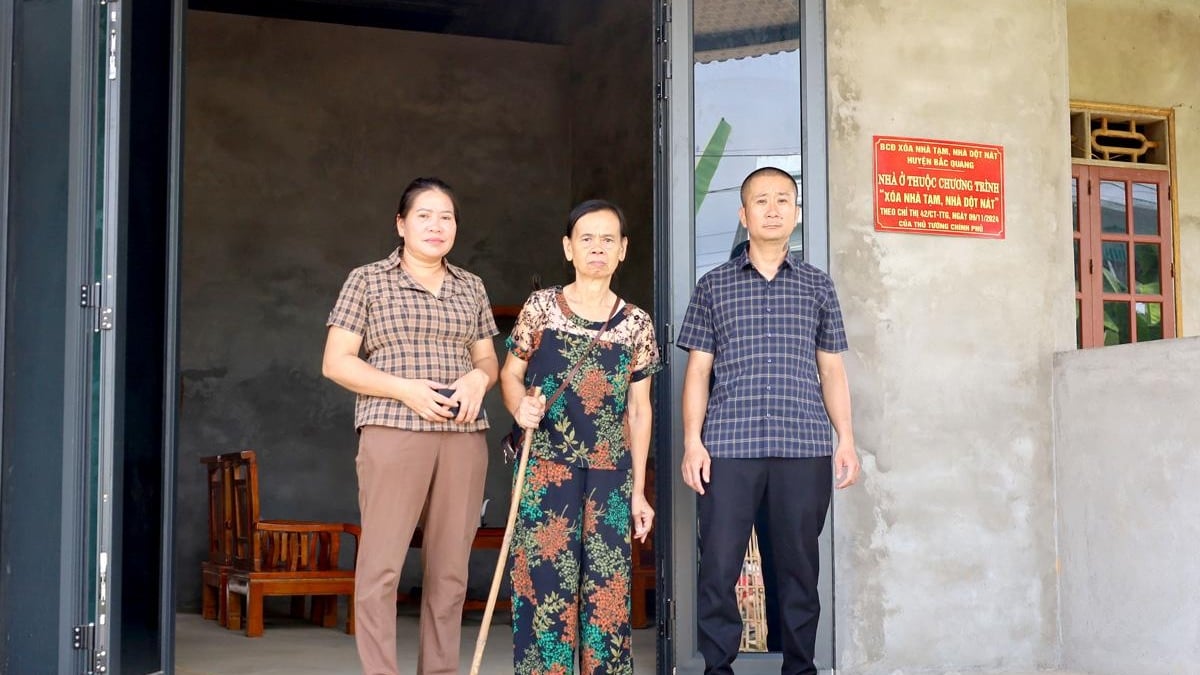






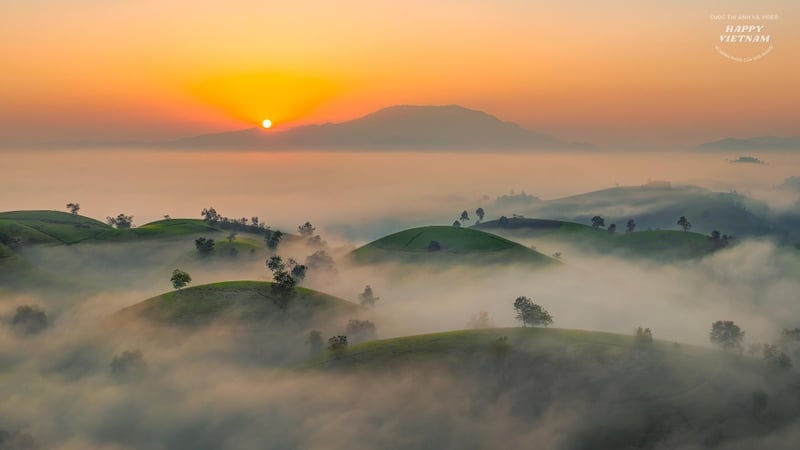





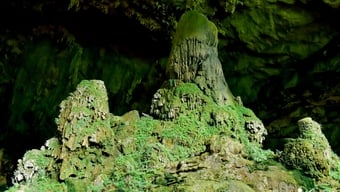



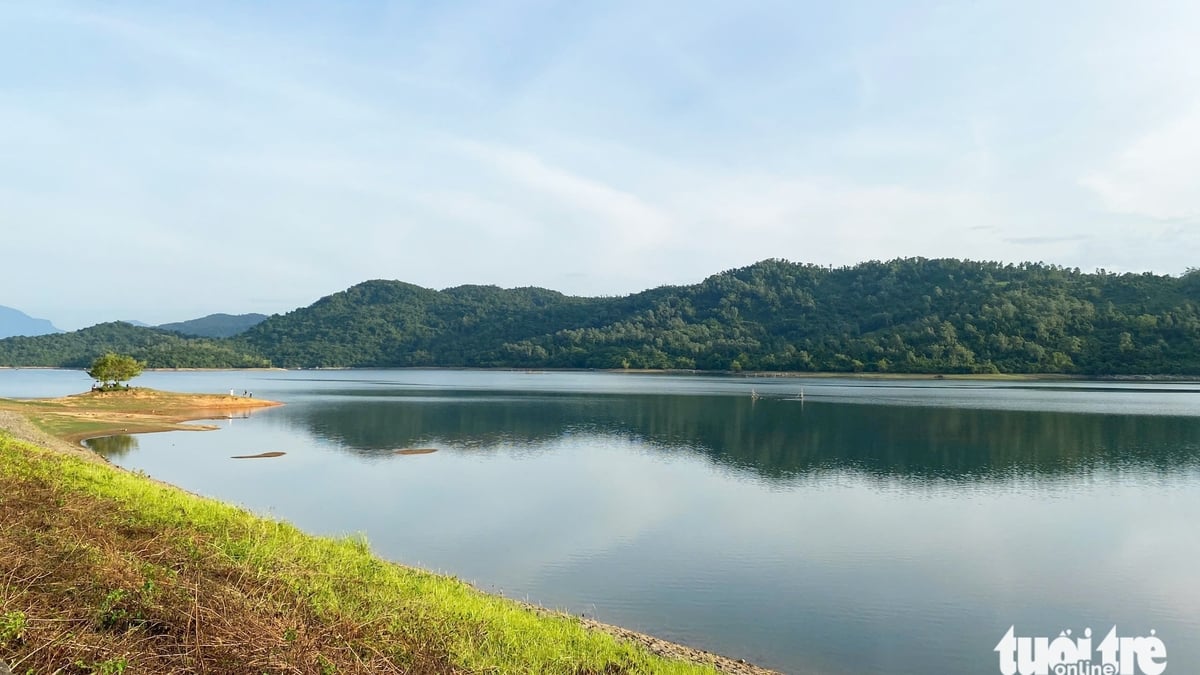






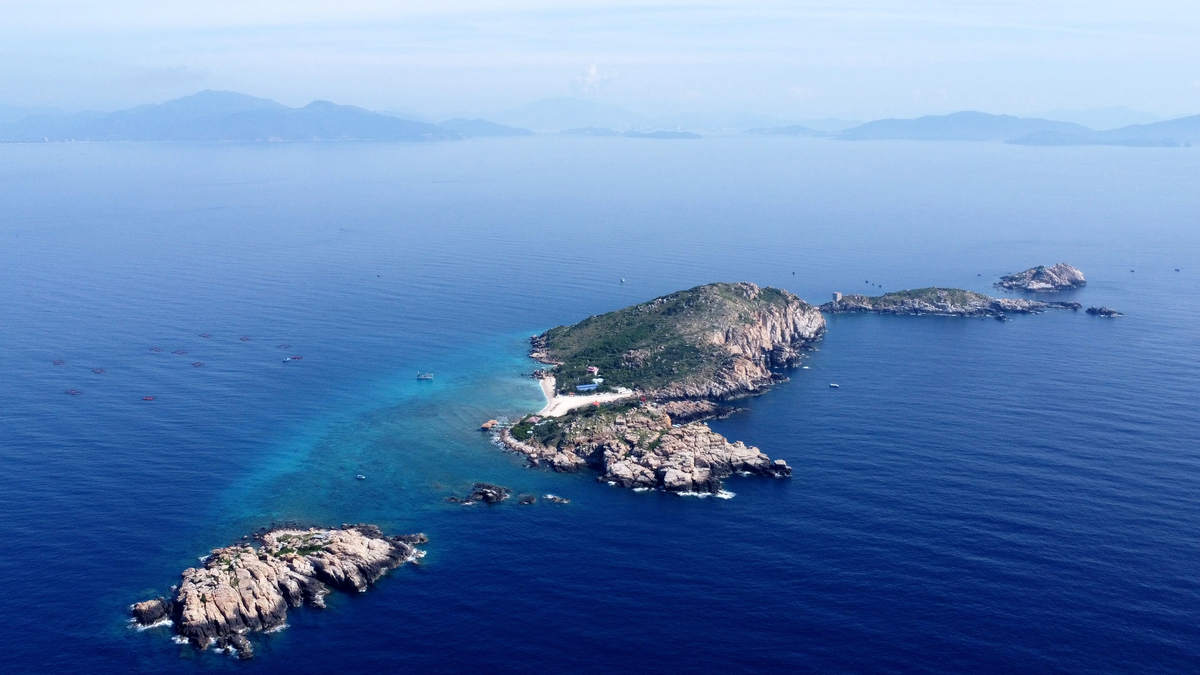

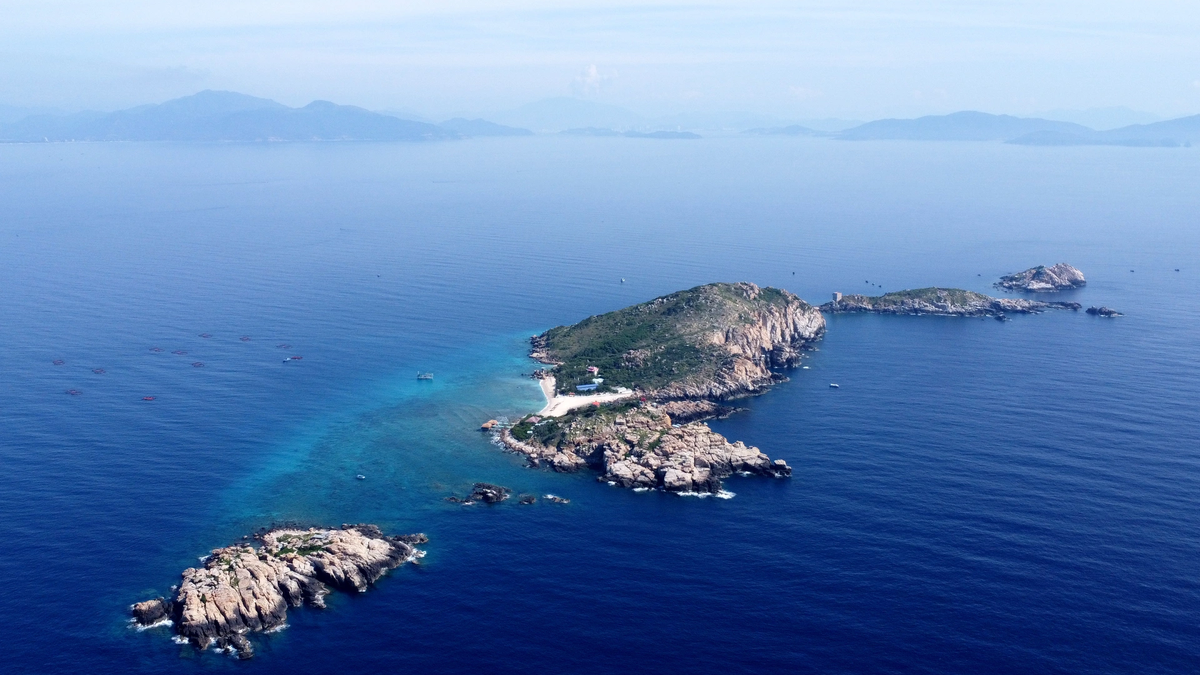










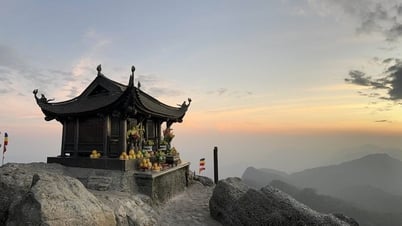












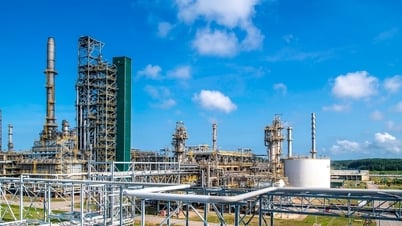









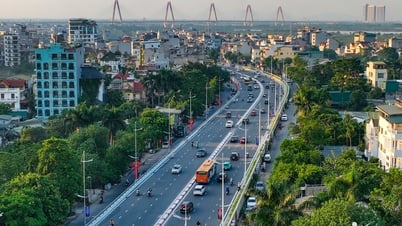











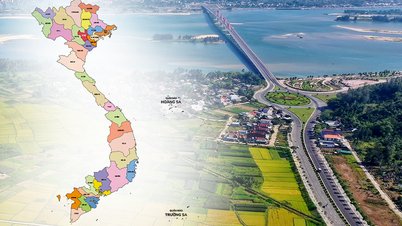


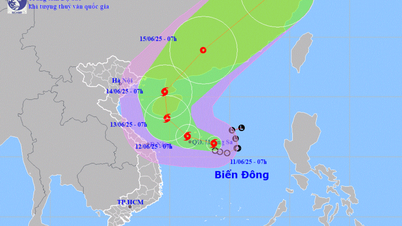








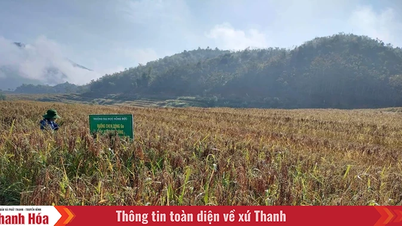

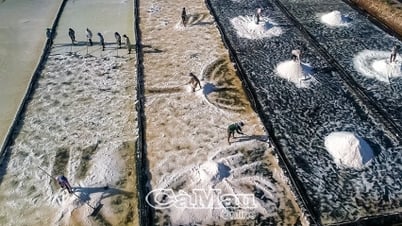





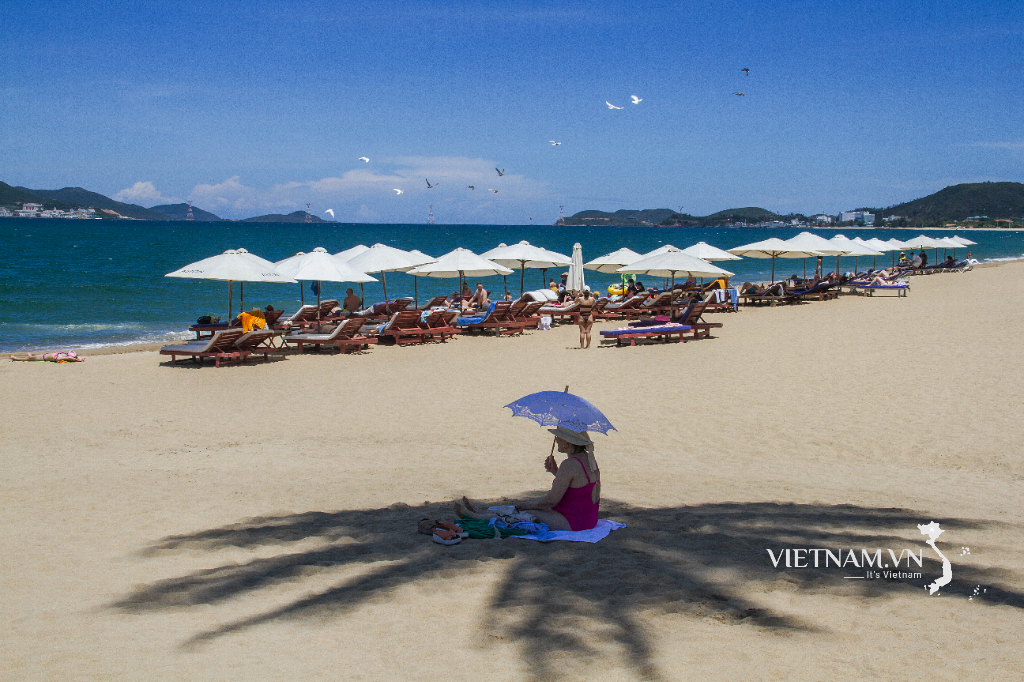
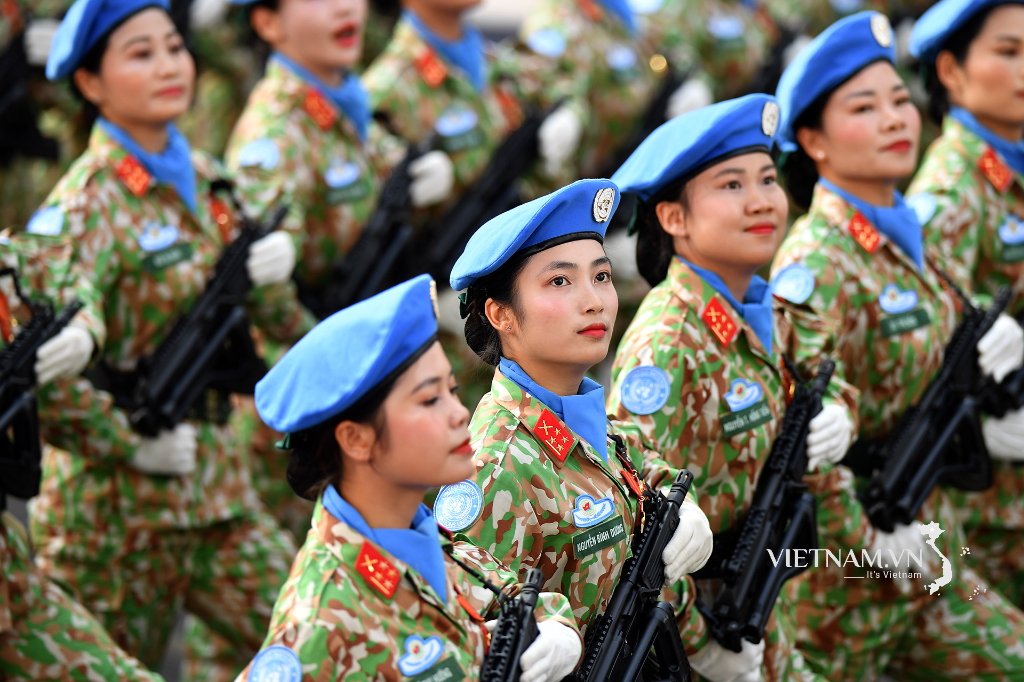
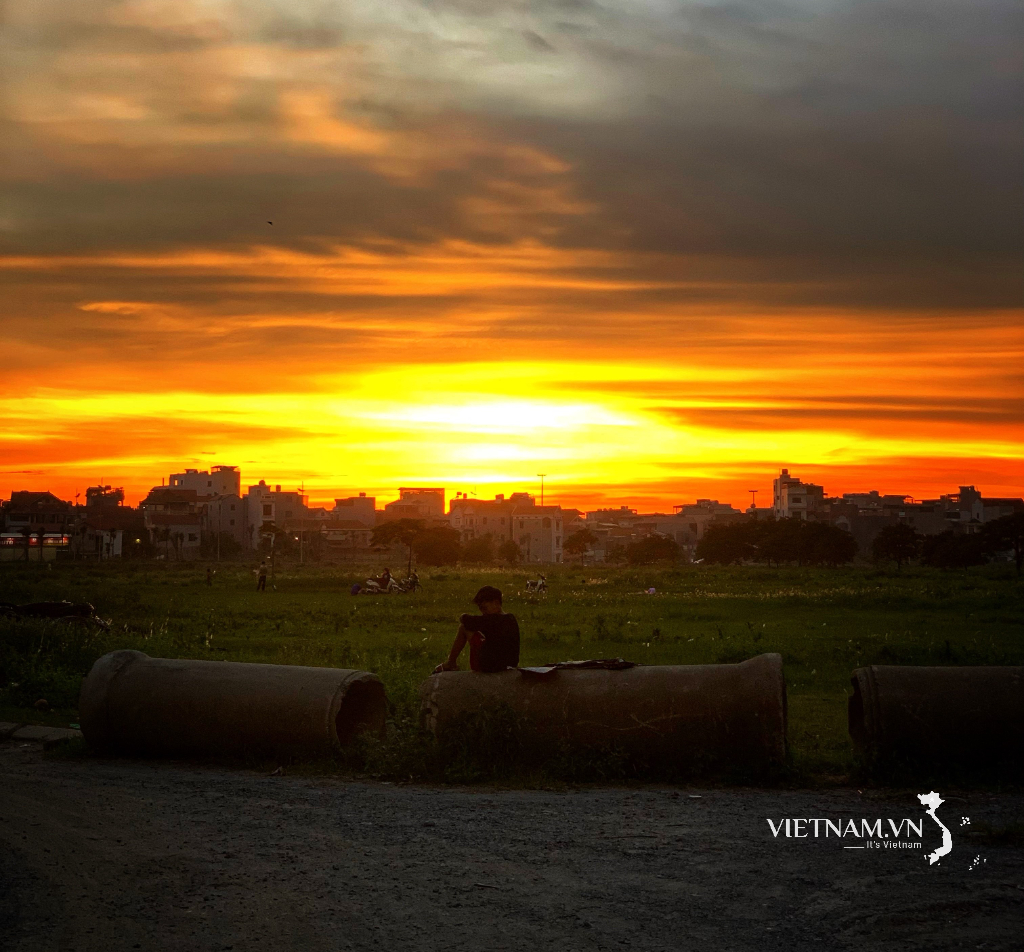
Comment (0)